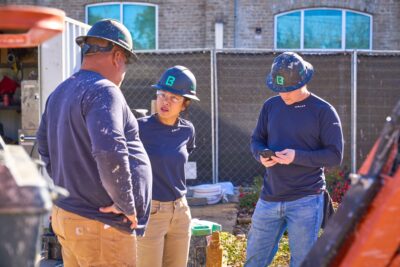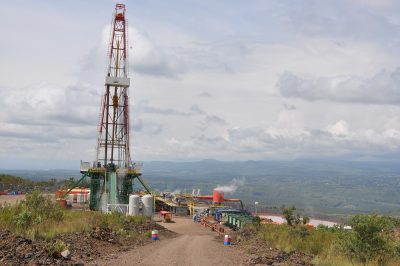Geothermal projects in Germany – challenge of corrosive fluids
In an article from last summer, TÜV SÜD provides an overview of the challenges faced by geothermal developers in Germany in the form of corrosive fluids and high pressures required.
In probably now a bit older document on the challenges for plant and materials engineering in geothermal power generation projects in Germany, TÜV SÜD, a technical services firm providing testing and inspection services, provides an overview of the challenges faced by geothermal developers in Germany.
“Depending on the region and geothermal reservoir, electric power generation may pose specific requirements which need to be managed. This applies in particular to electricity generated by hydro-geothermal systems which is possible in three regions in Germany: the Molasse basin in Southern Germany, the North German basin and the Upper Rhine rift valley. At these three locations, there are basic geological differences in aquifer properties and the geochemical composition of the geothermal fluids.
Depending on drilling depths, the geothermal waters are more or less saline (and may contain up to ten times more salt than sea water). In light of the above, the entire infrastructure of a geothermal plant – piping, pumping, water treatment and filtration systems and all plant modules of extraction and injection boreholes – must also be protected against corrosion, for example.
In the Upper Jurassic limestone of the Molasse basin in Southern Germany, the mineralisation of geothermal waters extracted at depths far in excess of 3000 m may still only be <1 g/l, while mineralisation in the North German basin and in the Upper Rhine rift valley reaches values between 100 and 250 g/l. In addition, geothermal waters differ in their content of gases such as methane or carbon dioxide.
The geothermal waters in the Upper Rhine rift valley, which are frequently characterised by high chloride concentrations, place high demands on material strength and resistance. Chlorine compounds, for example, attack the steel’s passive layer depending on the alloy components. Pitting corrosion may also occur in the heat-affected zone (heat tint) of welds.”
For the full article see link below.
Source: Renewable Energy Focus











